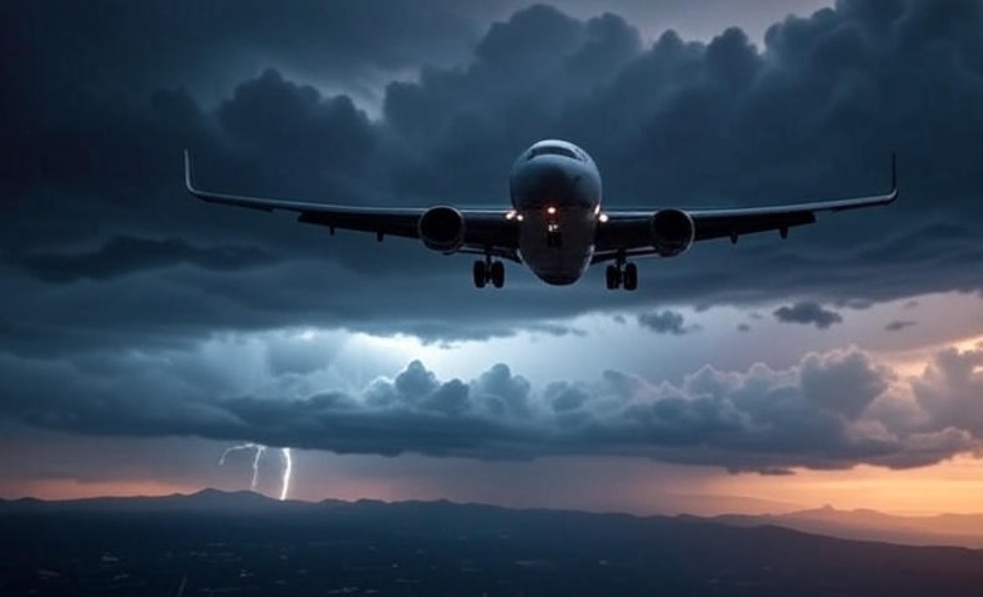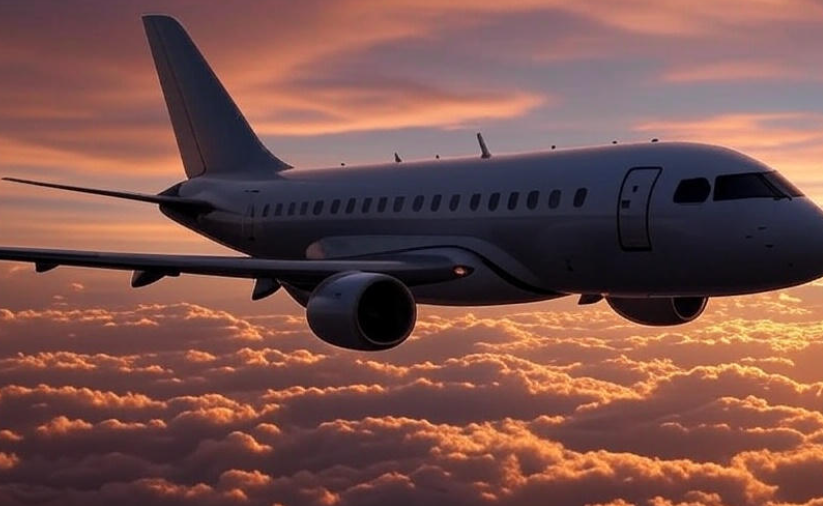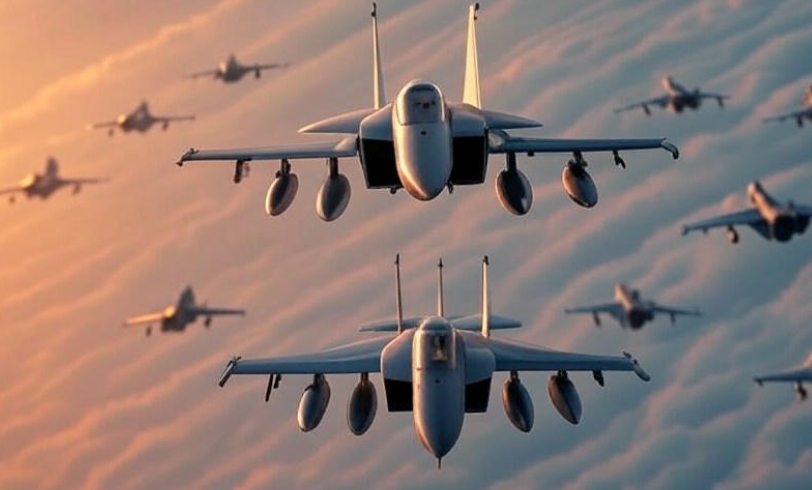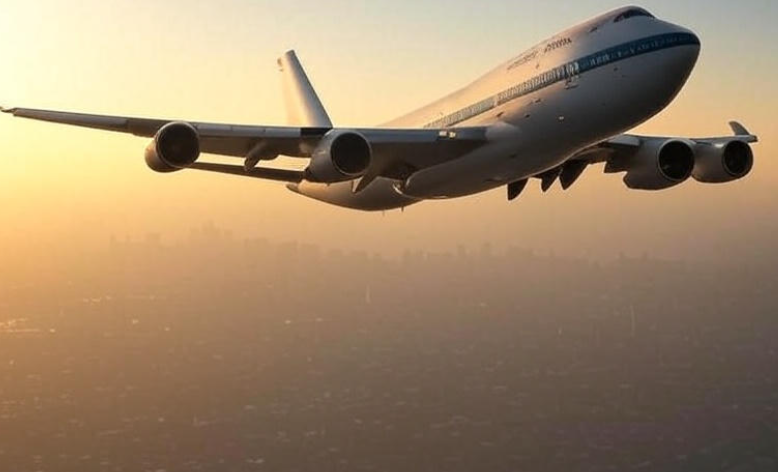Flying through the skies is an amazing experience. But, have you ever wondered how airplanes manage to stay safe in extreme weather conditions like storms, snow, or strong winds? ✈️ It’s not magic. There’s a combination of engineering, technology, and strict safety protocols that makes this possible. Let’s dive into the details.
Strong Airplane Design
Airplanes are built to handle more than what we usually see in the sky. Their wings, fuselage (the main body), and engines are tested under extreme conditions before they ever take passengers on board. For example:
-
Wings can flex a lot without breaking. They are designed to bend in turbulence.
-
Engines are tested to withstand lightning strikes and heavy rain.
-
Fuselage is pressurized to handle extreme altitudes and temperature changes.
Think of an airplane like a superhero. It may look sleek and delicate, but inside, it’s incredibly tough and flexible. 💪
Weather Radar Technology
Pilots rely heavily on modern radar systems. These systems detect:
-
Thunderstorms ⛈️
-
Heavy rain
-
Hail
-
Wind shear (sudden changes in wind speed and direction)
These radars allow pilots to adjust flight paths to avoid the worst parts of storms. Even if turbulence hits, pilots know how to handle it safely.
Ice and Snow Management
Ice can be dangerous because it changes how an airplane flies. Planes have systems to deal with ice:
-
De-icing fluid is sprayed on wings before takeoff in freezing conditions.
-
Heated surfaces in wings and engines prevent ice from forming mid-flight.
-
Propeller and windshield heaters keep vision clear and performance steady.
Without these measures, ice could cause accidents by disrupting airflow over the wings. ❄️
Lightning Protection
It may surprise you, but airplanes get struck by lightning fairly often. Luckily, they’re built to handle it:
-
The aluminum body conducts electricity safely around the plane.
-
Special lightning protection systems prevent damage to electronics.
-
Passengers usually don’t even feel anything. ⚡
Turbulence Handling
Turbulence can feel scary, but airplanes are made to survive it. Here’s how:
-
Flexible wings absorb the shaking.
-
Advanced autopilot systems help pilots maintain control.
-
Passenger instructions like seat belts are there for safety, not because the plane is unsafe.
A simple rule: turbulence is uncomfortable, but it’s almost never dangerous.
Strong Crosswinds and Landings
Landing in strong winds can be tricky, especially at smaller airports. Pilots use special techniques:
-
Crab landing – the plane angles into the wind and straightens just before touching the runway.
-
Advanced braking systems – help the plane stop safely even on slippery runways.
-
Autoland technology – some planes can land almost automatically in low visibility.
Even in heavy rain or snow, commercial pilots have tools and training to make safe landings.
Storm Avoidance Planning
Flight planning is crucial. Airlines constantly monitor weather:
-
Flight paths may be altered to avoid thunderstorms.
-
Altitude changes help avoid turbulence or icing layers.
-
Delays or cancellations are sometimes safer than risking extreme conditions.
Pilots and dispatch teams work together like a chess game—every move is calculated. 🧩
Extreme Weather Statistics Table
| Weather Type | Risks to Airplanes | Protection Measures |
|---|---|---|
| Thunderstorms ⛈️ | Turbulence, lightning | Weather radar, rerouting, lightning shielding |
| Ice/Snow ❄️ | Ice on wings, reduced lift | De-icing fluids, heated surfaces |
| High Winds 🌬️ | Crosswind landings | Crab landing, autopilot, strong braking |
| Hail 🌨️ | Engine or windshield damage | Storm avoidance, reinforced windshields |
| Volcanic Ash 🌋 | Engine failure | Flight rerouting, air traffic alerts |
Training Makes a Difference
Technology alone isn’t enough. Pilots undergo rigorous training to handle extreme weather:
-
Simulators replicate storms, turbulence, and icing.
-
Pilots practice emergency landings and alternate route planning.
-
Continuous learning ensures they stay updated on safety protocols.
In other words, humans and machines work together to keep flights safe.
Read more: How Flight Simulators Train Real Pilots
Emergency Systems
Planes are equipped with multiple backup systems. If one fails during bad weather:
-
Redundant engines keep the plane flying.
-
Backup electrical systems power instruments.
-
Communication with air traffic control ensures guidance to safety.
It’s like having multiple lifelines in the sky. 🛡️
Passenger Safety Tips
Even though airplanes are built for extreme weather, passengers can also play a part in safety:
-
Always keep seat belts fastened when seated.
-
Listen to crew instructions during turbulence.
-
Avoid moving around the cabin during storms.
-
Don’t panic—airplanes are designed to handle conditions far worse than we feel inside.
Future Technologies
Airplane technology is constantly evolving:
-
AI-powered weather prediction helps pilots make smarter choices.
-
Better materials make planes lighter and stronger.
-
Improved anti-icing systems prevent delays in colder climates.
We’re moving towards an era where flying in extreme weather will feel even safer. 🚀
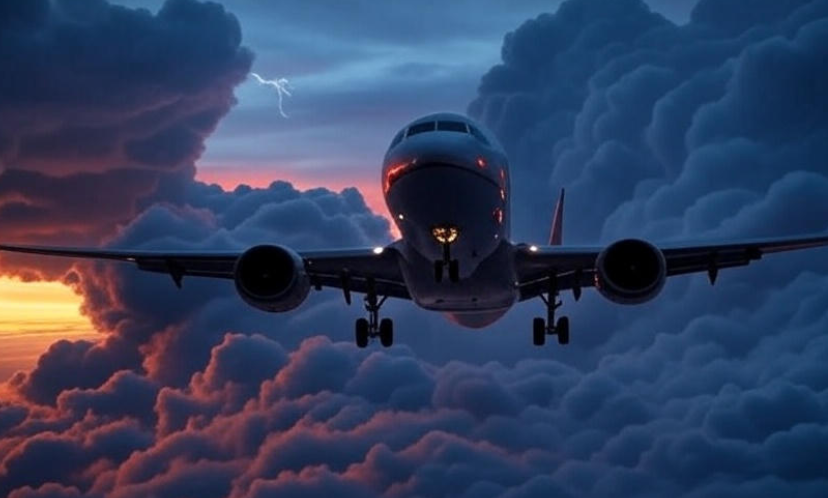
FAQs
Q: Can airplanes fly through hurricanes?
A: Generally, no. Hurricanes are too dangerous. Pilots avoid them by rerouting flights. Only specially equipped research planes fly into hurricanes.
Q: What happens if a plane hits turbulence?
A: Turbulence shakes the plane, but airplanes are built to handle it. Passengers should stay seated with seat belts fastened.
Q: Can lightning damage a plane?
A: Lightning rarely causes serious damage. Airplanes are designed to conduct electricity safely around the body and protect electronics.
Q: How do planes deal with ice?
A: De-icing fluids, heated wings, and engine anti-ice systems prevent ice buildup and maintain lift.
Q: Are flights delayed because of extreme weather?
A: Yes. Delays are a safety measure to avoid storms, heavy snow, or strong winds. Airlines prioritize safety over schedules.
Conclusion
Flying in extreme weather can feel scary, but airplanes are marvels of engineering. With strong design, advanced technology, and highly trained pilots, they can survive conditions most of us would never dream of. Next time you feel turbulence or see a storm from your window, remember—you’re riding in one of the safest vehicles ever created. ✈️💙

